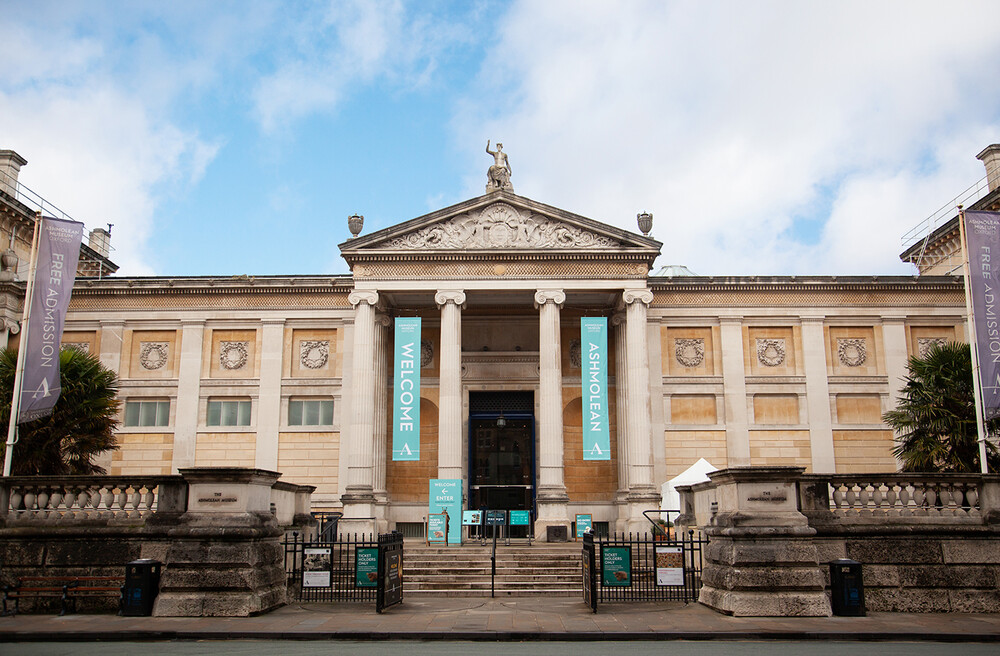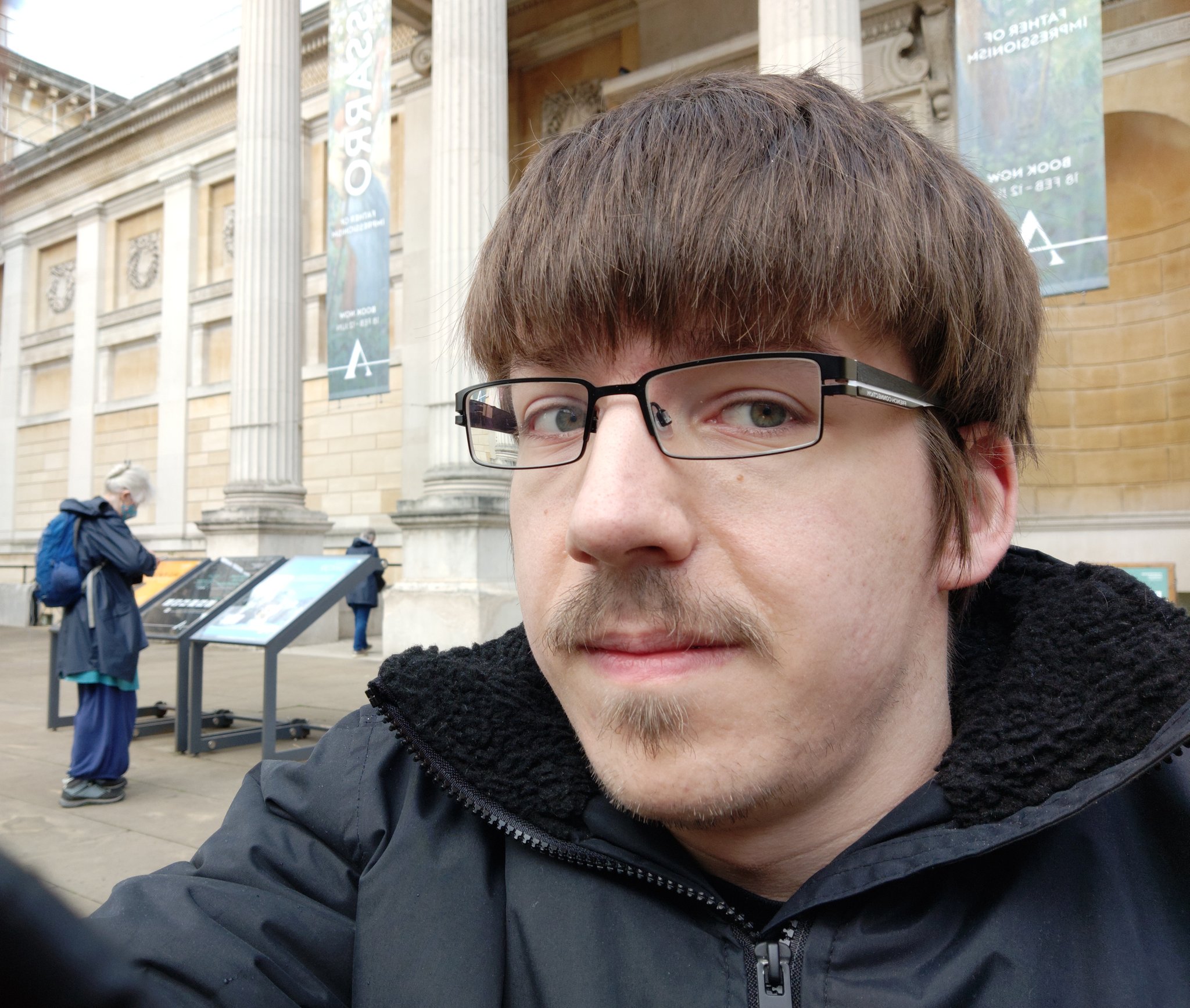Pitt Rivers Museum and the Ashmolean, Oxford
Pitt Rivers Museum, South Parks Road, Oxford OX1 3PP
Ashmolean Museum, Beaumont Street, Oxford OX1 2PH
Exploring world collections
The Ashmolean is the University of Oxford’s museum of art and archaeology, founded in 1683. Their world-famous collections range from Egyptian mummies to contemporary art, telling human stories across cultures and across time.
The Pitt Rivers Museum, also part of the University of Oxford, houses within an atmospheric building over 500,000 objects, manuscripts and photographs from all over the world, and from all periods of human existence. The museum is much loved, but is also a contested space that calls for innovative curation to engage with the more difficult aspects of its history.

Courtesy of the Ashmolean Museum
Museum Fellow

Kyle Jordan
Kyle Lewis Jordan is the Curating for Change Fellow working with both the Ashmolean Museum and Pitts River’s Museum in Oxford. Born with Cerebral Palsy, Kyle has been passionate about ancient Egypt since he was six years old and has had the ambition of being Director of the British Museum since he was ten. He has recently concluded his MA in the Archaeology and Heritage of Egypt and the Middle East at UCL, where his thesis explored the role and significance of disabled bodies within early court societies in Predynastic Egypt. An early career Egyptologist, Kyle is passionate about improving our knowledge and understanding of disability in ancient Egypt and wider antiquity, and has given multiple talks and papers on the subject. He has also had prior experience volunteering with Museums, in particular the Petrie Museum of Egyptian and Sudanese Archaeology and the British Museum.
Over the course of his fellowship, Kyle is determined to utilise the Ashmolean and Pitt River’s vast collections – spanning large ranges of time and space – to further develop his ideas on the longer history of disability within the human story, and to share those stories both with his colleagues and the wider public. Through doing so he not only hopes to shift public and professional perceptions about disabled people, but to share with disabled people themselves that the human story has always been theirs, and that none of it would have been possible without them.






